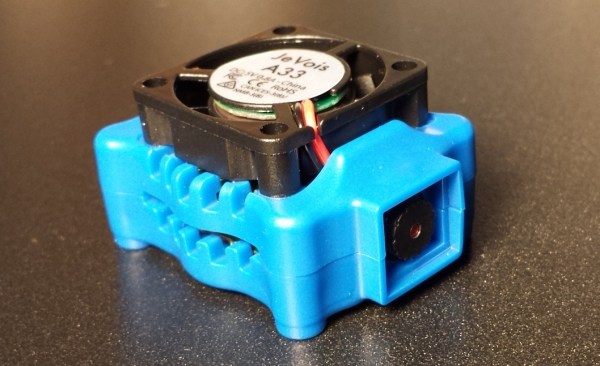JeVois is a small, open-source, smart machine vision camera that was funded on Kickstarter in early 2017. I backed it because cameras that embed machine vision elements are steadily growing more capable, and JeVois boasts an impressive range of features. It runs embedded Linux and can process video at high frame rates using OpenCV algorithms. It can run standalone, or as a USB camera streaming raw or pre-processed video to a host computer for further action. In either case it can communicate to (and be controlled by) other devices via serial port.
But none of that is what really struck me about the camera when I received my unit. What really stood out was the demo mode. The team behind JeVois nailed an effective demo mode for a complex device. That didn’t happen by accident, and the results are worth sharing.
Continue reading “JeVois Machine Vision Camera Nails Demo Mode”

















